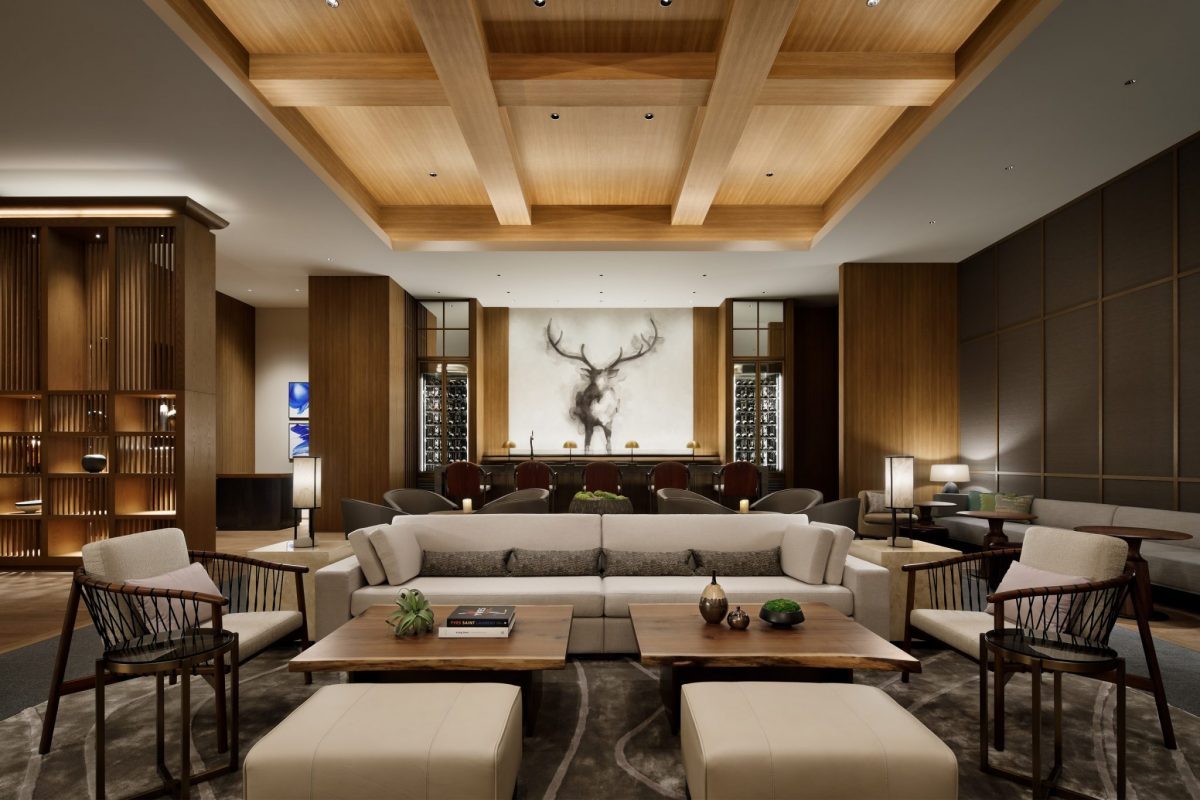Marriott Says Loyalty Program Driving New Wave of Growth in Asia

Skift Take
Living with the pandemic prompted travelers to reevaluate travel priorities, and Marriott International used this as a favorable opportunity to reimagine ways to cultivate loyalty among customers.
Mariott Bonvoy — the hotel chain's loyalty program — is listed as one of the main ingredients in the group's recipe for success in Asia Pacific. "Marriott Bonvoy really is at the heart of our consumer strategy and we are doing everything we can to grow the program," said Bart Buiring, chief sales and marketing officer for Asia Pacific at Marriott International.
With more than 55 million Marriott Bonvoy members in the Asia Pacific, Marriott is hoping that inspires new commitments to itravel.
As part of this growth strategy, Marriott last year launched Korea’s first-ever co-branded hotel credit cards and two new co-branded cards were launched this year in Japan. The food and beverage offering — Marriott Bonvoy on Wheels — currently available at over 75 hotels in India in over 20 cities, has been recently launched in Indonesia and Thailand.
Marriott International will also be integrating into Grab’s platform in phases — food delivery, payment, transport, loyalty and rewards, as well as advertising. "The access to Grab’s sizable customer base via GrabFood, GrabPay, and GrabAds, will enable us to serve a growing pool of customers who are increasingly transacting online," Buiring said.
There are also the partnerships with digital ecosystems through joint ventures like the one with Alibaba in China.
The Rakuten partnership, Buiring said, is an industry-first collaboration allowing Marriott to strategically capture a greater share of a strong Japanese travel market and connect these travelers to its portfolio of global brands.
The Opportunity in China
Marriott International operates 30 brands globally, more than two-thirds of them with a presence in Asia Pacific. However, the hotel chain has no plans to introduce a new brand in the region, even as it prepares to open up with its 1,000th property in Asia Pacific in late 2022, said Buiring.
The company expects to open nearly 100 properties in Asia Pacific this year, with Greater China alone witnessing 50 hotel openings.
"Greater China, which forms 50 percent of the company’s Asia Pacific business, will welcome its 500th hotel around early 2023," said Buiring adding that over the last three years, Marriott has added an average of 40 hotels per year in the region.
Calling the opportunity in the China market "very substantial," Buiring said this was the first market where Marriott witnessed recovery post Covid in 2020. "We saw a lot of domestic travel in the form of staycations as well as business travel and that helped us recover really quickly."
Cut to 2022 and with its zero-Covid policy firmly in place, China is still battling lockdowns. However, Buiring dubbed the current situation as a minor blip and sounded confident about things looking up by May.
"Whenever we have seen cases go down in Chinese cities, it has been extraordinary to see how quickly business recovers. There is real demand for people to meet face-to-face," he said adding that Marriott continued to witness a strong growth trajectory in China in 2021 as well.
As far as China outbound is concerned, Buiring expects that to return towards the end of the third or fourth quarter. "We're obviously watching with a lot of interest how the Chinese government is going to look at travel into the future, and whether the zero-Covid policy will remain, or whether that may evolve over time."
The Power of Travel and of Timely Messages
As different markets adapt and recover differently, the hotel chain has also opted for a staggered rollout of its "Power of Travel" campaign. "In marketing one needs to be relevant and has to deliver timely messages to customers where there is opportunity," observed Buiring.
With its approach to marketing being hyper localized, Marriott is now developing phase two of the "Power of Travel" campaign for China, while it will be launched in the rest of Asia Pacific just before summer.
"The team has biweekly marketing investment meetings where they look at the demand indicators — flights, flight capacity, flight occupancy, search data — and on the basis of that big picture we then make marketing investments," he noted.
Food for Thought
For a company that started 95 years ago with a nine-tool root beer stand in Washington DC, food and beverage still forms a core aspect of Marriott’s business. Having ventured into the restaurant business as early as 1927, it wasn’t until 1957 that the company opened its first Marriott hotel.
Food and beverage forms 40 percent of the hotel chain’s business in Asia Pacific where Marriott operates more than 2800 restaurants and bars, said Buiring.
"In fact, customers are often introduced to the Marriott portfolio of hotels while on their visit to one of the restaurants at these properties."
What’s more, the hotel chain has now added food and beverage earning capabilities that allow visitors to earn Marriott Bonvoy points for their restaurant visits. These points can then be later redeemed for a stay at any of the Marriott properties. "Food and beverage is very important to Marriott, particularly in the luxury space, where up to 50 percent of our revenues can be F&B," said Buiring.
Sustainability Goals on Track
As part of its commitment towards 2025 Sustainability and Social Impact Goals, Buiring said Marriott has laid out some very aggressive goals in terms of carbon neutrality and the reduction of single-use plastic in all its properties.
Guided by its sustainability and social impact platform Serve 360: Doing Good in Every Direction, the hotel chain has piloted Good Travel with Marriott Bonvoy at 15 hotels across Asia Pacific in January 2021.
"The program offers meaningful travel across Asia Pacific, aiming to create opportunities for guests to forge first-hand connections with local communities and the environment," Buiring said. "Marriot is now looking to move the marketing spend more up the funnel to help inspire travel with destinations and brand campaigns."





